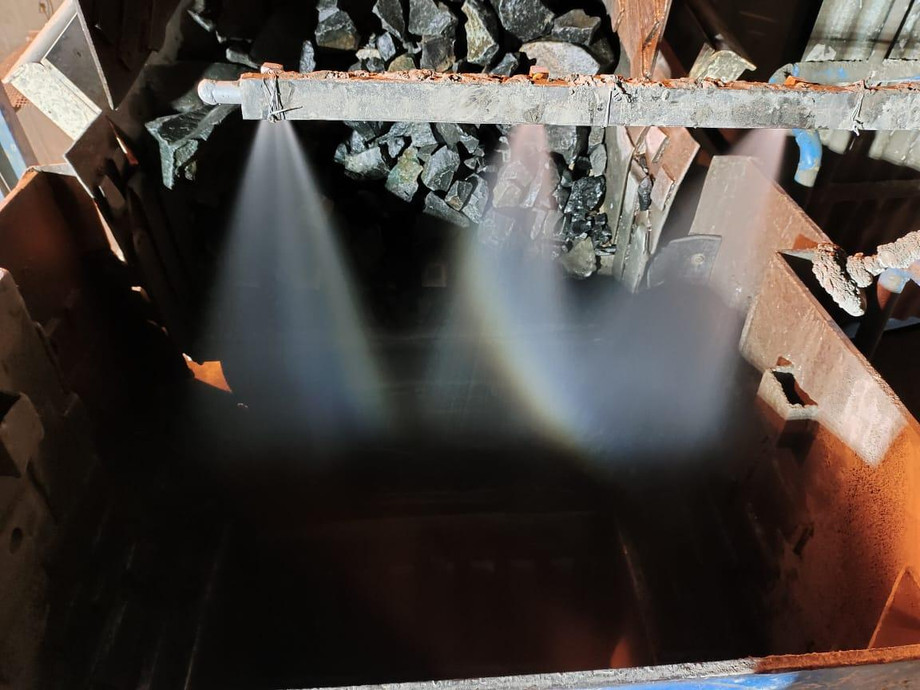Dry fog systems are crucial for various applications, including disinfection, cooling, and humidification. Mastering these systems requires understanding their principles, components, and maintenance. In just 10 minutes, you can enhance your expertise and become better acquainted with dry fog systems.
Understanding Dry Fog Systems :
Dry fog systems produce fine droplets with sizes ranging from 7 to 10 microns, making them ideal for applications where traditional methods may be ineffective or undesirable. The fog is created through the interaction of compressed air or gas and water, forming a mist that disperses evenly.
Components of Dry Fog Systems :
Key components include a high-pressure pump, atomizing nozzles, and a control system. The pump pressurizes water, which is then forced through the nozzles at high velocity, creating the fine mist. The control system regulates parameters such as pressure, flow rate, and nozzle operation.
Applications of Dry Fog Systems :
Dry fog systems find applications in various industries such as pharmaceuticals, food processing, agriculture, and HVAC. They are used for disinfection in hospitals, cooling in outdoor spaces, and humidification in controlled environments.
Benefits of Dry Fog Systems :
Dry fog systems offer several advantages, including efficient water usage, reduced chemical consumption, and uniform coverage. They are also environmentally friendly, producing minimal waste and requiring lower energy input compared to traditional methods.
Maintenance and Troubleshooting :
Regular maintenance is essential for optimal performance and longevity of dry fog systems. This includes inspecting and cleaning nozzles, checking for leaks, and monitoring pressure levels. Troubleshooting may involve identifying and addressing issues such as clogging, pump malfunctions, or inadequate fogging.
Safety Considerations :
Safety protocols must be followed when working with dry fog systems to prevent accidents and ensure operator well-being. This includes wearing appropriate personal protective equipment (PPE), following manufacturer guidelines, and conducting risk assessments before installation and operation.
By familiarizing yourself with these aspects of dry fog systems, you can enhance your understanding and proficiency in utilizing them effectively. Whether you're a technician, engineer, or facility manager, this knowledge will enable you to optimize the performance of dry fog systems in various applications, contributing to improved efficiency and outcomes.

